The Yellow-legged Hornet (YLH) is a significant concern for beekeepers in the Carolinas.
They have been found in Georgia and parts of SC already. These Hornets originate from Asia and feed on our honeybees, as well as other pollinators in our area.
The Yellow Legged Hornet queen remains dormant for many months in the winter. She leaves her papery nests and hunkers down in the brush or in old wood when the season changes. This is how they were transported here…on ships that arrived in the Port of Savanna, Georgia, which is near where they were first identified in the US.
The YLH is a wasp around .07 to 1 inch in size, with distinctive yellow legs. The queen becomes active in early spring to build a small embryo nest, about the size of a ping-pong ball or a baseball, but no larger. When the first-stage colony matures, it will build a larger paper nest high in the trees. To feed their larvae, they eat a variety of insects, with honeybees being a favorite because honeybees have a stationary hive that can supply their own colonies for weeks.
They hawk over the beehive waiting for incoming foraging bees to pounce on and eat for protein. YLH will focus on weaker colonies and, in some cases, overtake the beehive, entering and eating the babies and the honey.
Other times, a beehive realizes the decline in return of their foraging honeybees, causing a “foraging paralysis”. This is when the honeybees hunker down and will not leave the hive to forage because they know something is wrong. The reduced foraging results in low honey stores and winter starvation. They have also discovered that when there are more predators like hornets, the honeybees will leave the hive more slowly and arrive faster, suggesting predator avoidance. Our bees are so smart!
There are many natural predators of honeybees. I have personally witnessed this same hawking behavior from dragonflies. They will wait outside the beehives, ready to pounce. Our Red Cardinals and Woodpeckers will also eat bees and wasps. But a strong hive will survive these casualties. I think the problem with YLH is that if they build their nest nearby, they are expecting your beehives to be their main source of food.
They are difficult to distinguish from other hornets. I’m sharing a few flyers from Clemson University to help ID them, build traps, and who to contact if you see them.
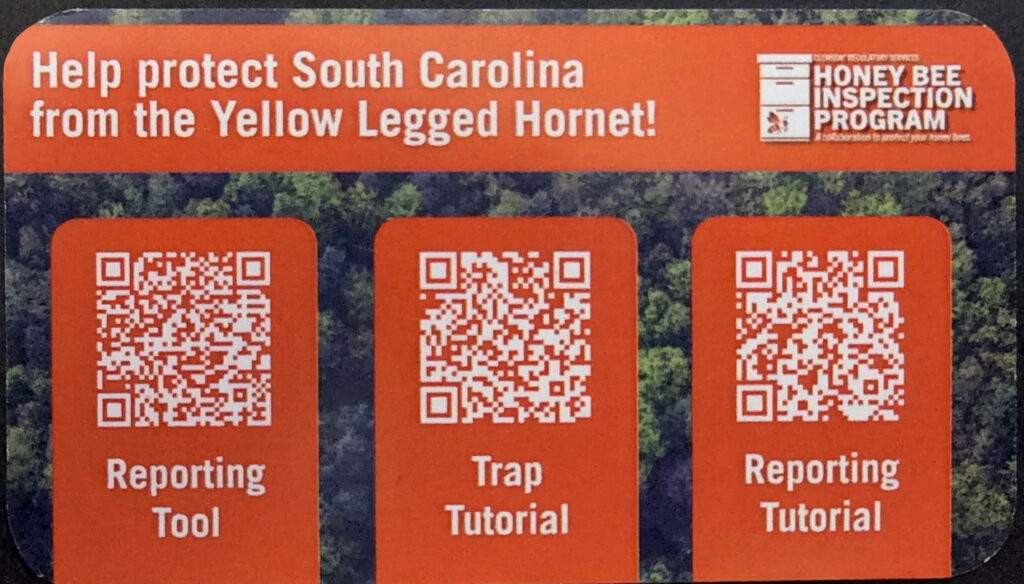
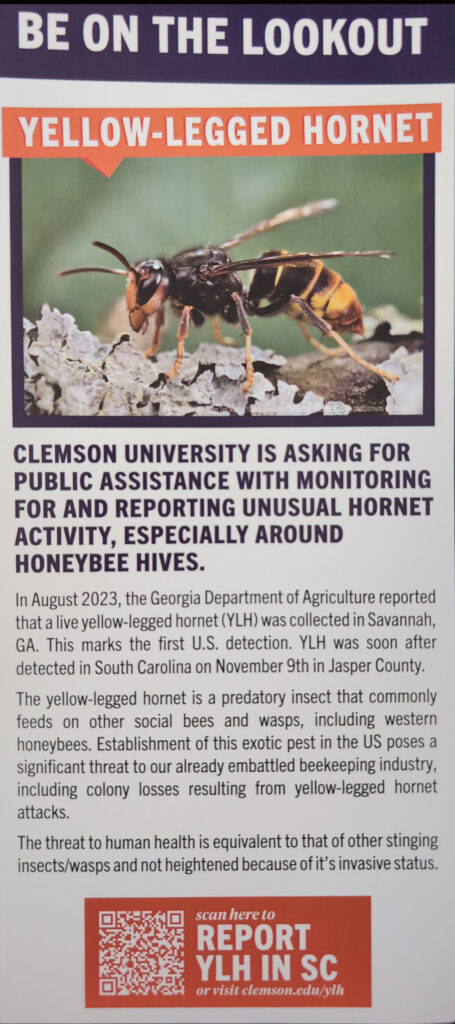
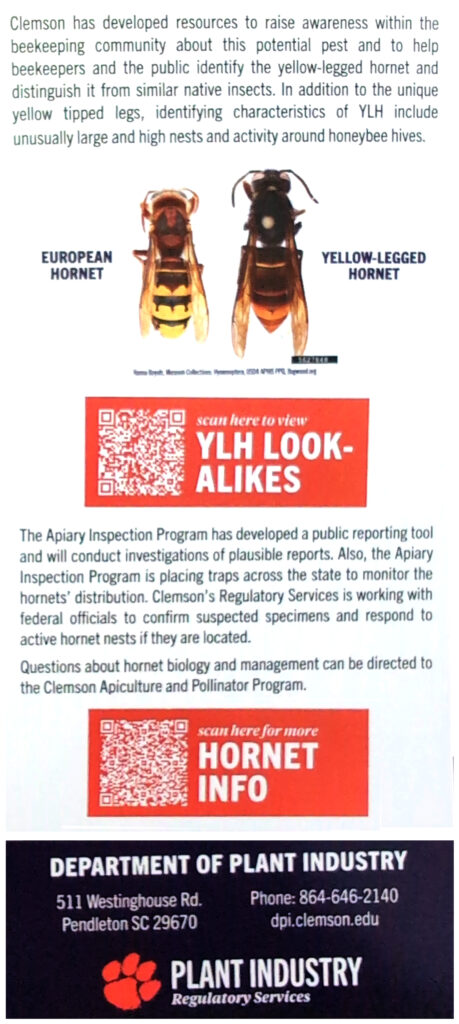
♥Bee Happy♥
Resources:
https://www.clemson.edu/public/regulatory/plant-industry/invasive/ylh-quick-guide.html
https://pmc.ncbi.nlm.nih.gov/articles/PMC10049882
#apiary #bee #bees #honey #honeybee #beekeeping #pollen #beekeeper #pollinators #honeybees #honeycomb #beehive #savethebees #nectar #hive #pollination #beeswax #rawhoney #pollinator #beehives
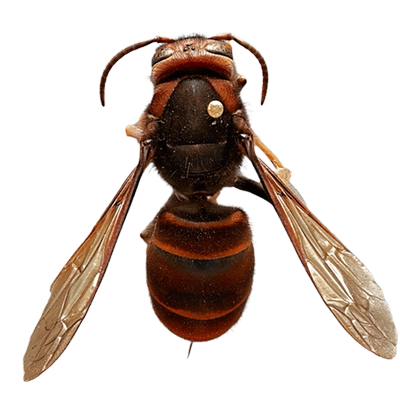
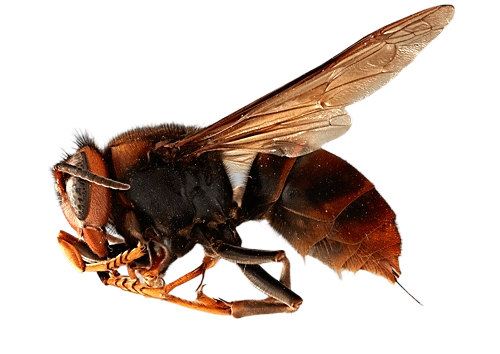
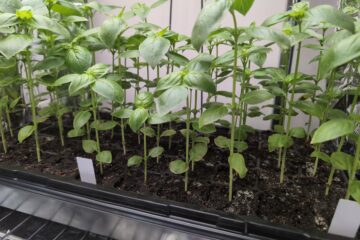
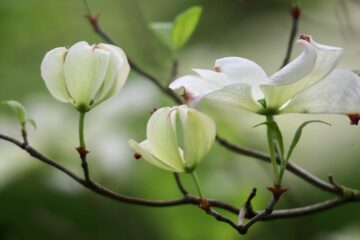

0 Comments